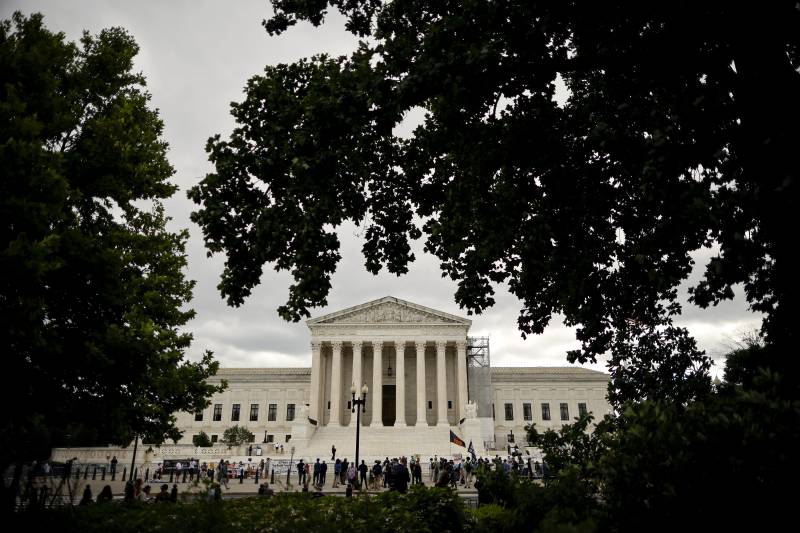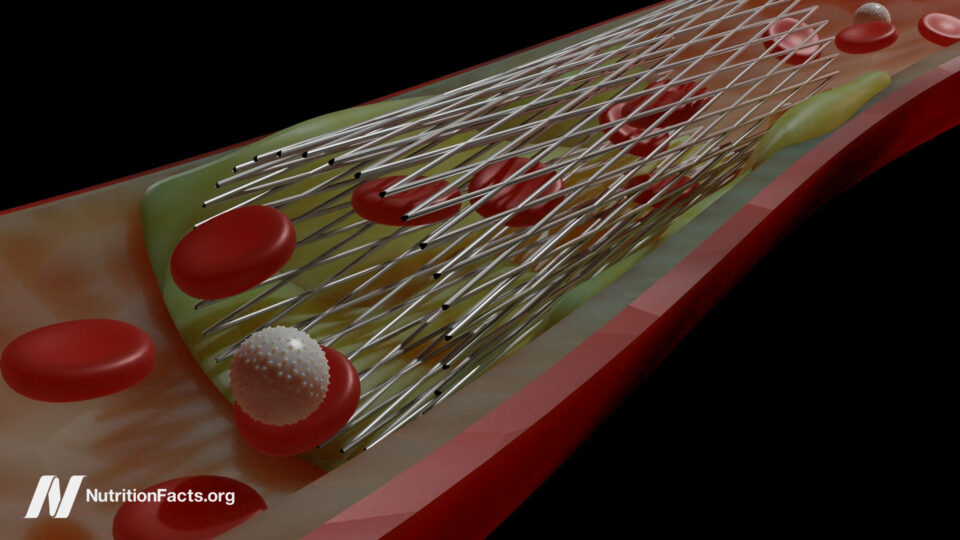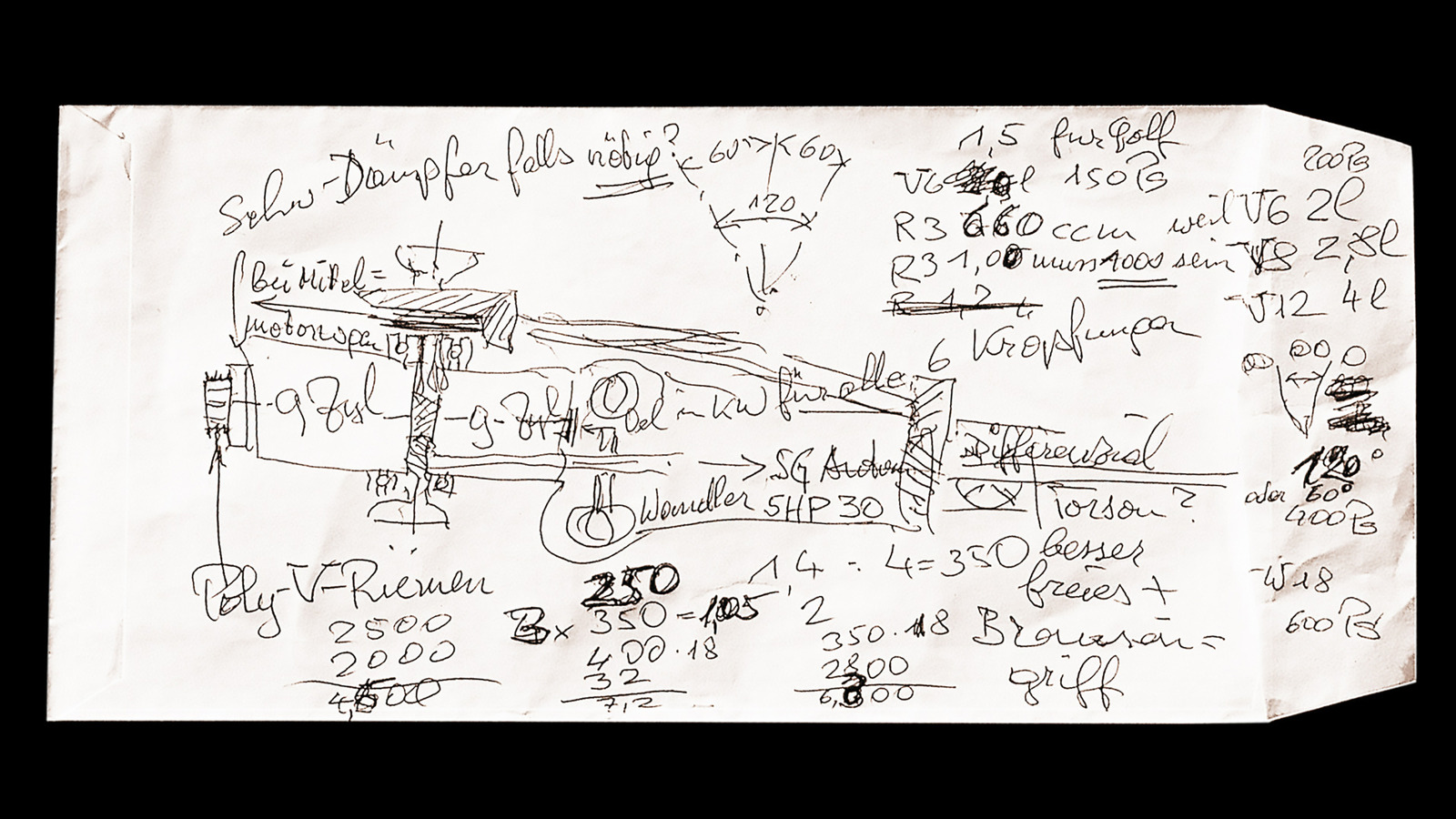GT500 Manufacturers React to Single Engine Per Season Plans
Representatives from Toyota, Honda, Nissan react to GTA plans to effectively ban in-season engine development...


Photo: Toyota
SUPER GT’s GT500 manufacturers have responded positively to tentative plans laid out by the GTA to effectively ban in-season engine development in future seasons by moving from two engines per season to a single unit.
Engine development has long been a core tenet of the battle between Toyota, Honda and Nissan for supremacy in the top category of the Japanese series, with current rules permitting each team to use two engines over the course of the season.
This allows the manufacturers to introduce new and improved units for the second half of the season, often referred to as ‘Spec 2’ engines.
However, in his regular press conference ahead of this month’s opening round of the season at Okayama, GTA chairman Masaaki Bandoh outlined a desire to cut down to a single engine in future in the name of cost reduction.
This would in effect ban in-season engine development and restrict the manufacturers to introducing new specifications at the start of each year.
Toshikazu Tanaka, corporate vice-president of Nissan’s NMC division that oversees the brand’s SUPER GT’s activities has come out in support of the proposal.
Tanaka told Sportscar365: “All three manufacturers consider sustainability to be a top priority for SUPER GT, and for that reason lowering costs in the long term is important.
“As part of this policy, the three manufacturers are discussing with the GTA whether to reduce the number of engines used during the season to one unit.
“It will be a technical challenge, but Nissan supports this development.”
Toyota Gazoo Racing’s director of global motorsport Masaya Kaji also threw his weight behind the plans, although he stressed the importance of maintaining the current performance level of the GT500 cars.
Kaji told Sportscar365: “Basically we are positive because the costs for the powertrain are gradually increasing, and the manufacturers are all struggling for budget.
“As a top category, we have to keep engine competition and high performance. We don’t want to lose this. So the difficulty is how we can maintain the performance.”
However, Kaji said that making design changes to the engines to be ready for a rule change as early as next year would be “tough”, suggesting that its implementation might be delayed until all three manufacturers can be confident of reliability.
Honda’s SUPER GT project leader Masahiro Saiki offered a similar sentiment when asked by reporters about the topic post-race at Okayama.
“If we are talking about doing it for next year, it would be difficult,” said Saiki.
“We would be using the same equipment during intermediate maintenance, but I believe it’s important to include checks and minor adjustments — things that can be adjusted without replacing parts.”
Saiki added that he expects “the performance overall would be lowered” in the GT500 category should the move go ahead.
Bandoh: Increase in Shorter Races Aimed at Reducing Costs
During the same press conference, Bandoh addressed the topic of this year’s race distances, with five of this year’s eight rounds running to the basic 300km format — and only two long-distance three-hour races at Fuji Speedway and Autopolis.
It marks a shift away from the proliferation of 350km and 450km races that has been a feature on recent calendars, a move that Bandoh explained was aimed at encouraging tire and engine manufacturers to prioritize durability over peak performance.
Asked by Sportscar365 to explain the shift, which also comes against the backdrop of the series returning to racing overseas for the first time since 2019 at Sepang, Bandoh said that further development on tires and engines would be needed to make a return to a larger amount of longer races financially sustainable.
“It’s not that we have returned to having shorter races [as a policy], it’s rather just that we have to find a way to balance costs and environmental factors,” Bandoh said.
“We want to have tires that last longer, and engines with a longer life. We don’t want to increase the number of sets of tires. Unless we have tires that can last for a long time, with one set lasting for over an hour, it’s difficult to do long races.
“We are considering this, as well as the fuel consumption, and what kind of burden this places on the teams in terms of cost.
“We believe that longer races are more entertaining. We think something like 470km would be the most interesting format, if you consider the fuel consumption.
“Of course, we considered many different options, including 500-mile races like we used to do, or 1000km like we will have with the [Suzuka 1000km] Intercontinental GT Challenge race this year. But we had to make the costs viable for the teams.”

















_Tanapong_Sungkaew_via_Alamy.jpg?width=1280&auto=webp&quality=80&disable=upscale#)























































